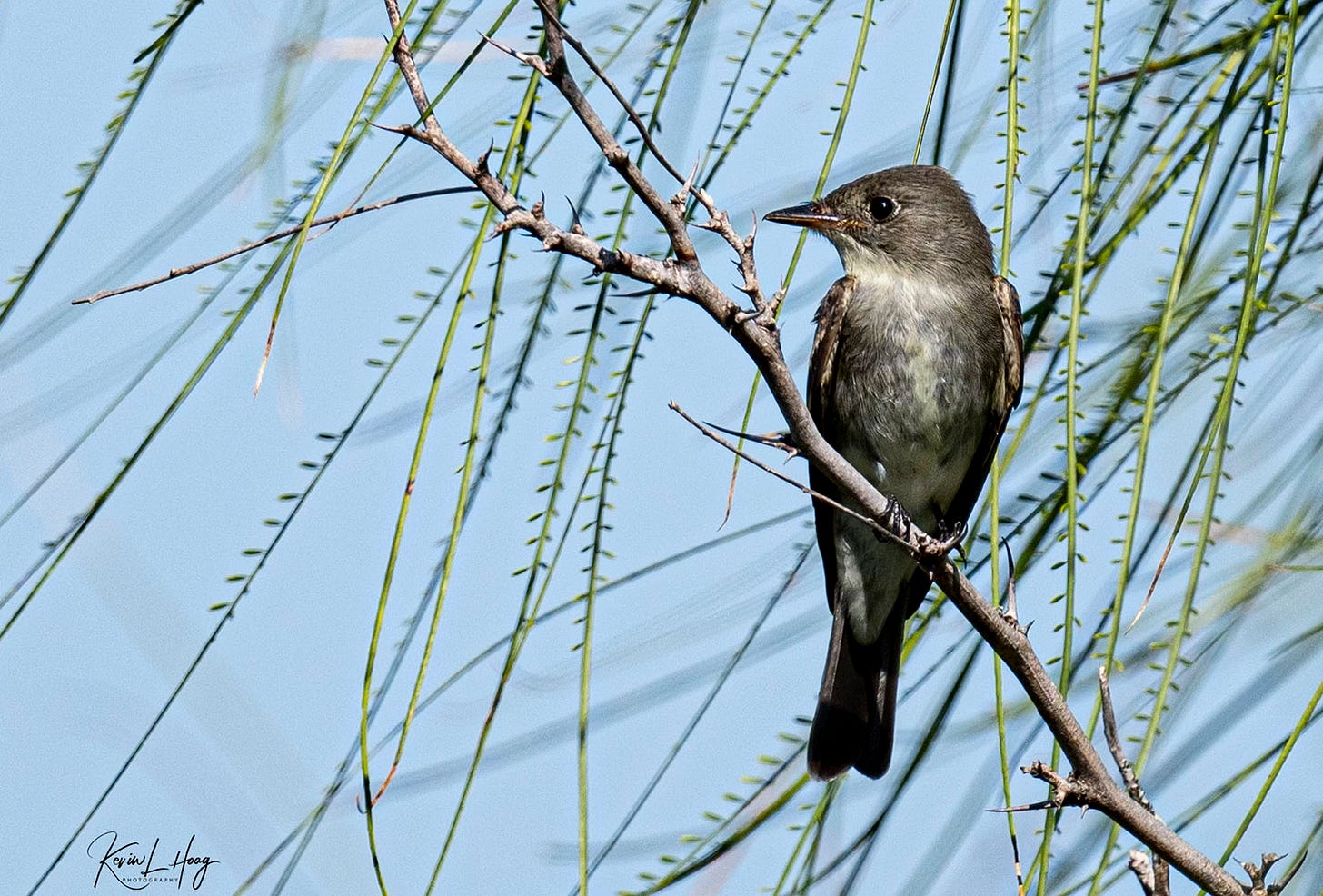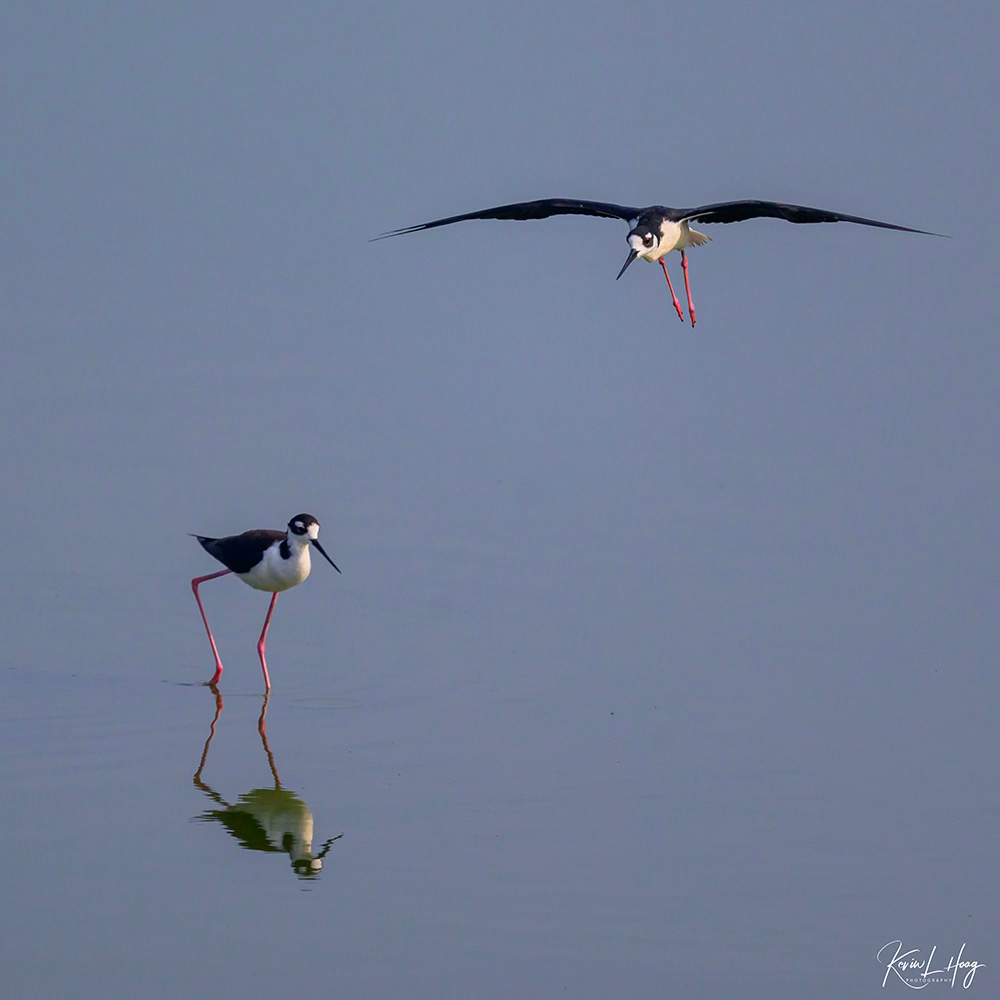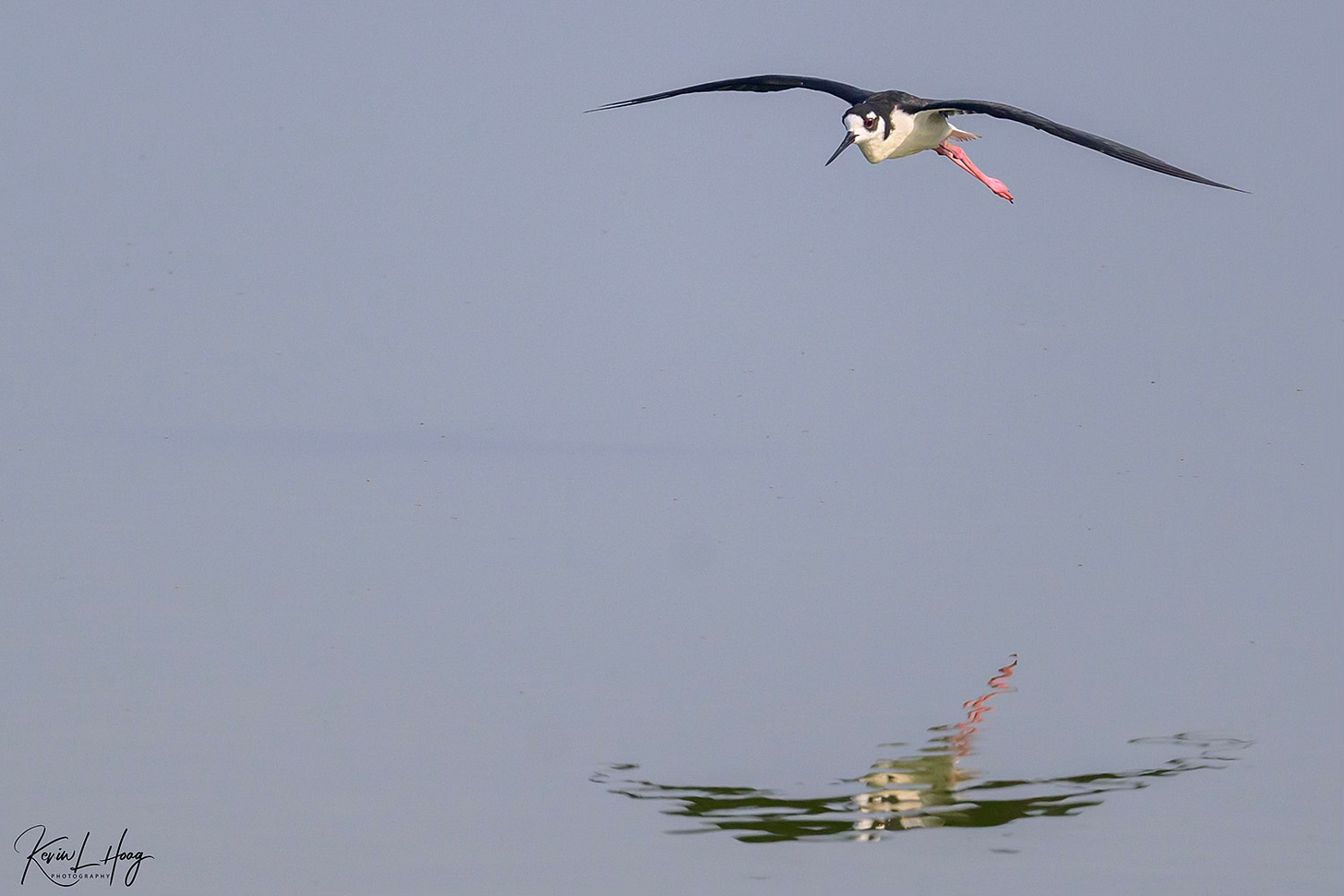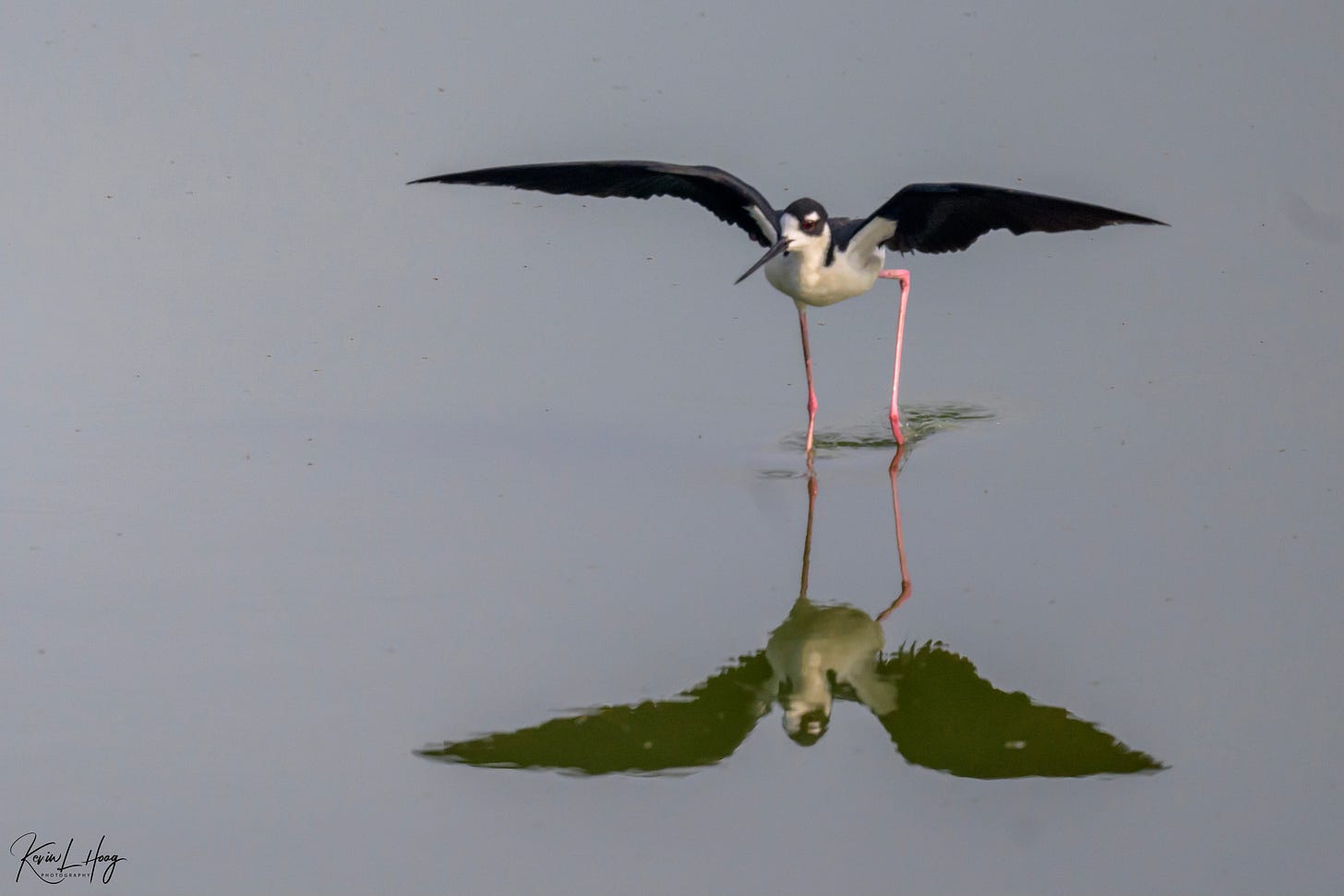How Many Frames per Second?
Over the past several years, increasing frame rate, or the camera’s frames-per-second (FPS) capability, has been all the rage in sports and wildlife photography. Can one capture that exact instant when ball meets bat? Okay, that’s a reasonably good example. I’ve seen several examples where photographers have used the 120 FPS capability of my Nikon Z9 to capture a bullet as it leaves the barrel of a gun. So this high-tech capability has its uses.
But turning to wildlife photography, and especially birds in flight, is it necessary? I’ve heard many arguments. Well, perhaps two. One has something to do with capturing that perfect wing position for birds in flight (define “perfect”). Perhaps there is some argument for selecting the very best from many images. Perhaps if one really wants to sell prints this becomes important. Perhaps.
Once I was shooting an Eastern Wood Peewee near the Texas coast.
It was perched on a branch – not moving. Another photographer came up alongside me and his camera sounded like a little machine gun. In a matter of a few seconds, he had collected several hundred shots… of a perched bird. So, the second argument I’ve been given is that sometimes that little filmy eyelid closes, ruining the shot. I guess that suggests that perhaps two or three shots are necessary.
It won’t be the first time that I’ve bucked the latest fads, but a high frame rate holds little interest for me. I very seldom use anything other than single frame shooting. My reason for taking this approach, at the terrible risk of missing “the perfect shot,” is that I find it far more enjoyable to concentrate on watching the bird’s action in my viewfinder. Watch the wings… watch the head position… watch what the bird is doing. Take the shots I wish to take, and yes, try to anticipate its movements. While I could watch the bird while holding the shutter release, I would be removing myself from the decision process of when to take the shot. And in the end, while the photo was taken with my camera and with me holding the shutter release, I wouldn’t really feel like it was my photograph.
I will close with an example where I did in fact shoot multiple frames. I used the blazing speed of about seven frames per second.
In this photograph a Black-necked Stilt was flying toward me as it came in for a landing in a pond where other Stilts were wading. I could see the bird approaching from a distance, giving me time to switch to multiple frame (continuous) shooting and establish focus on the flying bird in my viewfinder. By using a rapid frame rate I could be assured of finding the frame in which both the flying bird and the wading bird were in the same focal plane, or at the same distance from my camera. As a bonus, I kept images taken slightly earlier and just after landing.





